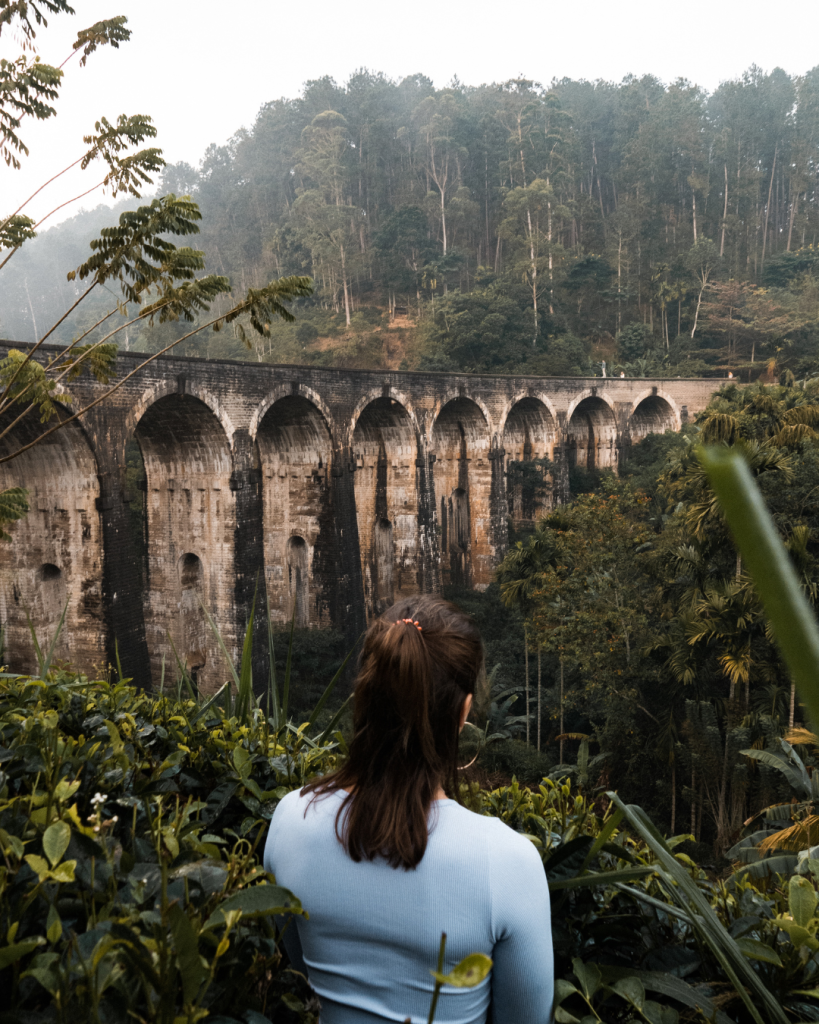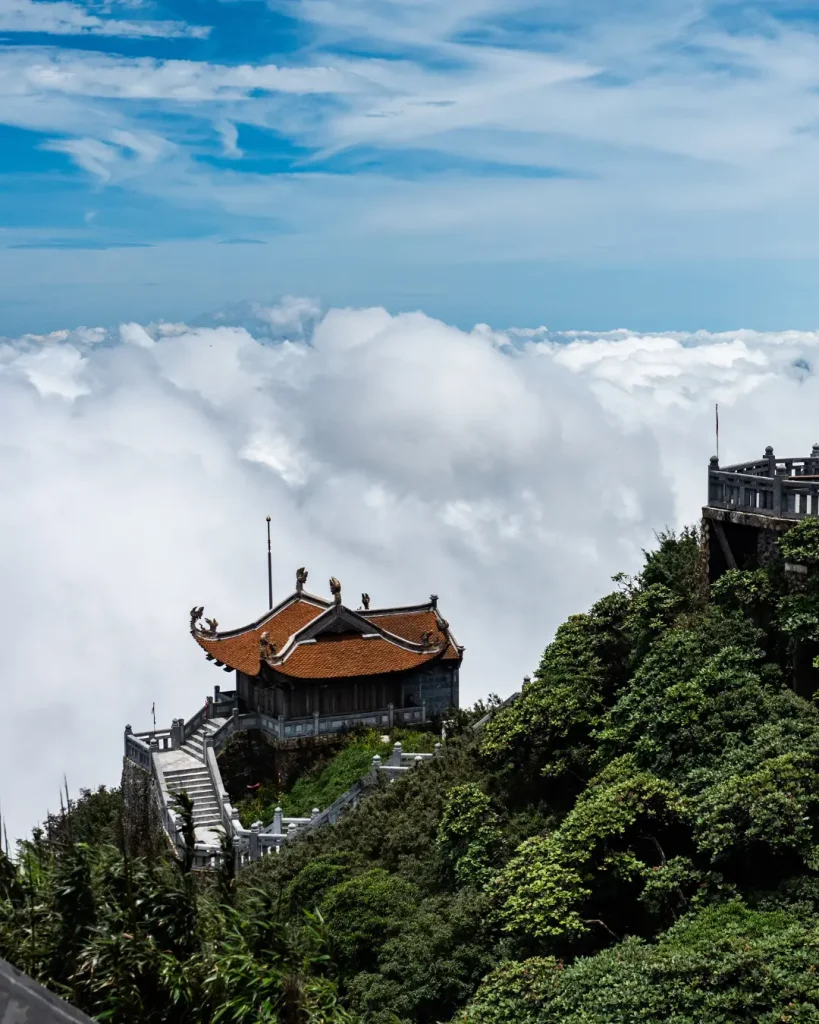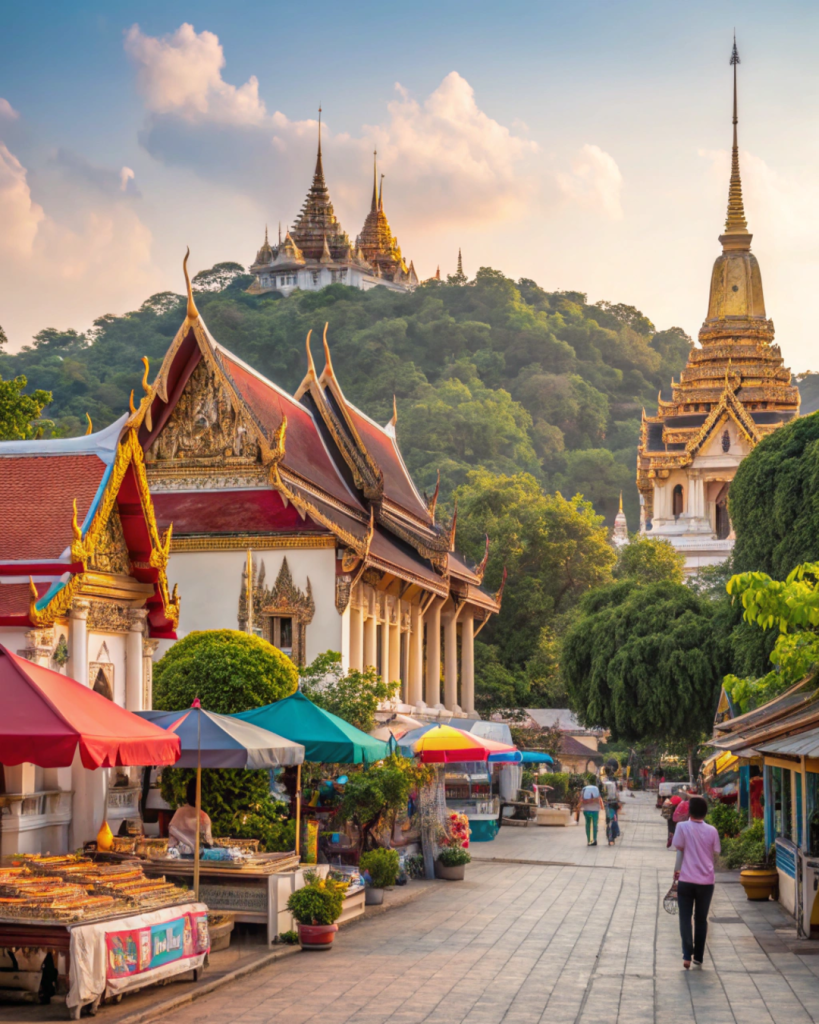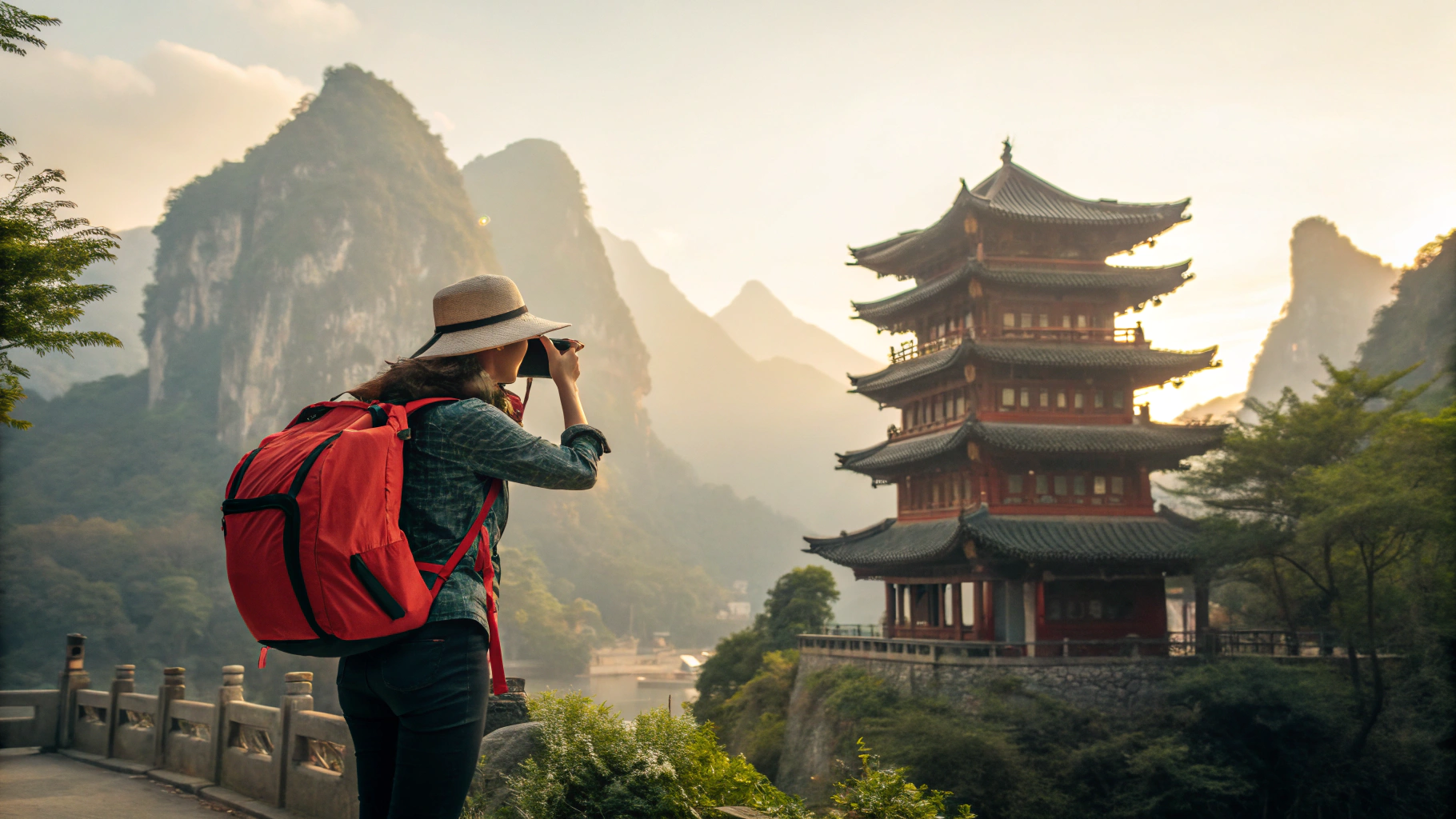There’s something magical about stepping off a plane in Bangkok, feeling the humid air hit your face as tuk-tuks zoom past. Or waking up to misty mountains in Nepal, prayer flags fluttering in the breeze.
I’ve spent the last decade exploring Asia, from bustling metropolises to remote villages, and I’m convinced there’s no continent more diverse, fascinating, or rewarding for travelers.
Asia tours offer an incredible blend of ancient traditions and modern wonders. Whether you’re dreaming of slurping authentic ramen in Tokyo, watching the sunrise over Angkor Wat, or trekking through rice terraces in Vietnam, this guide will help you navigate the endless possibilities.
Why Asia Tours Are Unlike Any Other Travel Experience
When I first landed in Shanghai back in 2015, I was utterly unprepared for how it would change my perspective.
The sensory overload of street food aromas mingling with incense from nearby temples, the organized chaos of traffic patterns that somehow work, and the kindness of strangers who helped this confused foreigner find his way—all of it hooked me instantly.
Asia tours provide experiences you simply can’t find anywhere else:
- Ancient temples nestled between skyscrapers
- Culinary traditions that date back thousands of years
- Landscapes ranging from tropical beaches to snow-capped Himalayan peaks
- Cultural practices that have remained intact despite rapid modernization
According to the World Tourism Organization, Asia-Pacific saw over 360 million international arrivals pre-pandemic, with growth rates consistently outpacing other regions. Even with recent global changes, industry experts predict Asia will lead tourism recovery, with a projected 7% annual growth through 2030.
“Asia’s tourism resilience comes from its unmatched diversity,” explains Dr. Maya Chen, tourism economist at Singapore University. “Visitors can experience completely different worlds within a single trip, making Asia tours particularly attractive for those seeking variety.”
Planning Your Perfect Asia Tour: Where to Begin

Let’s be honest—Asia is enormous. With 48 countries spanning everything from desert to rainforest, your first challenge is narrowing down where to go. Here’s how I approach planning Asia tours after dozens of trips:
Consider Your Travel Style for Asia Tours
Are you the type who wants to dive deep into one country, or do you prefer sampling multiple destinations? Some of my most rewarding experiences came from spending three weeks in just northern Thailand, while other trips involved hopping between Singapore, Malaysia, and Indonesia.
Your personal travel style matters tremendously when booking Asia tours:
- Cultural immersion seekers: Consider slower-paced tours focusing on fewer countries
- First-time visitors: Multi-country highlights tours of Southeast Asia offer accessible diversity
- Adventure enthusiasts: Look at specialized tours in Nepal, Indonesia, or northern Vietnam
- Luxury travelers: Japan, Singapore, and high-end resorts in Thailand and Bali cater beautifully
When I helped my parents plan their first Asia tour last year, we opted for a “greatest hits” approach through Thailand and Vietnam. For my adventure-seeking brother, I recommended a different type of Asia tour entirely—motorbiking through rural Laos.
Best Seasons for Different Asia Tours
One crucial mistake many travelers make is assuming all of Asia has the same climate. In reality, the best time for Asia tours varies dramatically by region:
Southeast Asia Tours (Thailand, Vietnam, Cambodia, Laos)
November through February brings drier, cooler weather to most of this region. I’ll never forget sweating through Bangkok in April (during Songkran water festival) when temperatures hit 104°F—a memorable but challenging experience!
East Asia Tours (Japan, South Korea, China)
Spring (March-May) and fall (September-November) offer pleasant temperatures and spectacular seasonal highlights like cherry blossoms or autumn foliage. My April trip to Kyoto’s cherry blossom season remains one of my favorite travel memories.
South Asia Tours (India, Nepal, Sri Lanka)
October through March typically provides the most comfortable weather, avoiding both monsoon season and extreme heat. Trekking to Everest Base Camp in May gave me clear skies, but December in Kerala offered perfect beach weather.
“Weather patterns are increasingly unpredictable due to climate change,” notes climate scientist Dr. Raj Patel. “Travelers should research micro-climates of specific destinations rather than relying on general regional patterns when planning Asia tours.”
The Most Rewarding Asia Tours by Region

Now, let’s get specific about the types of Asia tours that consistently deliver incredible experiences. I’ve organized these by region based on both my personal adventures and feedback from fellow travelers.
Southeast Asia Tours: The Perfect Starting Point
If you’re new to Asia, Southeast Asia tours offer the ideal introduction. The region combines accessibility with exotic experiences, well-developed tourism infrastructure, and excellent value.
Thailand-Vietnam-Cambodia Circuit
This classic route forms the backbone of many Southeast Asia tours for good reason. In roughly two weeks, you can experience:
- Bangkok’s grand palaces and vibrant street life
- Chiang Mai’s mountain temples and ethical elephant sanctuaries
- Vietnam’s Halong Bay with its emerald waters and limestone karsts
- Cambodia’s awe-inspiring Angkor temple complex
My personal tip: Add a few days in Luang Prabang, Laos, if your schedule allows. The morning alms-giving ceremony, where hundreds of orange-robed monks collect offerings at dawn, offers a spiritual dimension many Thailand-focused Asia tours miss.
According to the Tourism Authority of Thailand, over 65% of first-time visitors to Asia begin with Thailand, with 78% expressing intention to return to explore more of Southeast Asia.
East Asia Tours: Cultural Depth and Modern Wonders
East Asia tours deliver incredible contrasts between ancient traditions and cutting-edge technology. These destinations typically require higher budgets but reward with unforgettable experiences.
Japan: Tradition Meets Innovation
My two-week tour of Japan ranks among my most transformative travel experiences. From Tokyo’s neon-lit Shibuya Crossing to the perfect symmetry of Mt. Fuji, Japan offers precision-engineered amazement.
Don’t miss:
- Kyoto’s 1,600+ temples and gardens
- The deer-filled parks of Nara
- The moving history preserved at Hiroshima
- The food scene—from Michelin-starred restaurants to humble ramen shops
“Japan offers the highest visitor satisfaction rates in Asia,” according to Asian Tourism Quarterly, “with 94% of travelers reporting experiences exceeding expectations.”
South Asia Tours: Spiritual Journeys and Natural Wonders
South Asia tours tend to be more challenging but incredibly rewarding. The cultural differences, sensory intensity, and sometimes difficult transportation can test travelers, but the rewards are immense.
India’s Golden Triangle and Beyond
India overwhelmed me in the best possible way. Starting with the classic Golden Triangle (Delhi, Agra, Jaipur) provides a manageable introduction before exploring further.
Memorable experiences include:
- Watching sunrise paint the Taj Mahal in changing hues of pink and gold
- Navigating the narrow streets of Varanasi along the sacred Ganges
- Discovering the impossibly blue cities of Rajasthan
- Sampling regional cuisines that bear little resemblance to “Indian food” abroad
My personal story: I almost skipped Bundi, a small city in Rajasthan, but ended up staying five days after a local family invited me to a wedding celebration. Those unplanned days became the highlight of my entire India tour.
How to Choose the Right Asia Tour for Your Budget
Asia tours span every imaginable price point, from backpacker budget to ultra-luxury. Understanding your options helps set realistic expectations.
Budget-Friendly Asia Tours ($50-100/day)
Even on modest budgets, fantastic Asia tours are possible, especially in Southeast Asia and parts of South Asia.
How to maximize value:
- Focus on countries like Vietnam, Laos, Indonesia (outside Bali), and northern Thailand
- Mix independent travel with occasional day tours for efficiency
- Stay in guesthouses rather than international chains
- Eat street food (some of the best cuisine anyway!)
I spent three weeks exploring Vietnam on about $1,200 total, including flights between cities. The key was staying in family-run guesthouses and learning enough Vietnamese to negotiate fair prices.
Mid-Range Asia Tours ($100-250/day)
This budget opens up considerably more comfort and convenience:
- Quality hotels with reliable amenities
- Private guides when useful
- Some higher-end dining experiences
- Domestic flights instead of long bus journeys
My mid-range tour of Malaysia included a private guide in Kuala Lumpur, comfortable hotels, and even a splurge night in a rainforest treehouse in Borneo—all while keeping costs reasonable.
Luxury Asia Tours ($250+/day)
Asia excels at luxury experiences that would cost triple in Europe or North America:
- Five-star properties like the legendary Raffles in Singapore
- Expert private guides throughout
- Exclusive experiences like private temple visits in Bagan
- Seamless logistics and transfers
“The luxury Asia tours market has transformed dramatically,” notes luxury travel consultant Mei Wong. “Today’s luxury travelers want authentic cultural immersion with comfort, not isolation from local experiences.”
Specialized Asia Tours for Specific Interests

One of the best developments in recent years is the growth of specialized Asia tours catering to specific interests. These focused experiences often provide deeper satisfaction than general sightseeing.
Culinary Asia Tours
Food became my gateway to understanding Asian cultures. Dedicated culinary tours offer:
- Market visits with expert guides explaining ingredients
- Cooking classes teaching authentic techniques
- Meals at hidden gems tourists rarely find
- Understanding the cultural significance behind dishes
My culinary tour in Penang, Malaysia included learning to make roti canai from a third-generation vendor and discovering how Chinese, Malay, and Indian influences created Nyonya cuisine. These experiences provided insights no general tour could match.
Spiritual and Wellness Asia Tours
Asia’s spiritual traditions offer profound opportunities for personal growth:
- Meditation retreats in Thailand’s Buddhist temples
- Yoga and Ayurvedic experiences in India
- Temple stays in South Korea’s Buddhist monasteries
- Spiritual pilgrimages in Bhutan or Tibet
“Transformational travel now represents over 20% of Asia’s tourism market,” according to Asia Pacific Tourism Trends. “Travelers increasingly seek experiences that provide personal growth alongside enjoyment.”
Planning Your Asia Tour: Practical Considerations
After countless trips across Asia, I’ve learned that certain practical aspects make or break your experience.
Visa Requirements for Asia Tours
Visa policies vary dramatically across Asia:
- Some countries offer visa-free entry or visa-on-arrival (Thailand, Malaysia, Singapore)
- Others require advance application (China, India, Vietnam)
- A few have special requirements (Bhutan requires booking through authorized tour operators)
Always check requirements well before departure—I nearly missed a flight to Vietnam after discovering my visa approval letter hadn’t been processed.
Health Considerations for Asia Tours
While major tourist destinations have excellent healthcare, preparation matters:
- Consult a travel medicine specialist 6-8 weeks before departure
- Consider recommended vaccinations for your specific destinations
- Pack a basic medical kit including stomach remedies
- Purchase comprehensive travel insurance
My bout with food poisoning in rural Cambodia taught me the value of both preparation and insurance. Having appropriate medication and knowing my evacuation coverage was included provided tremendous peace of mind.
Cultural Sensitivity on Asia Tours
Understanding cultural norms prevents awkward situations and enriches your experience:
- Learn basic greetings in local languages
- Research appropriate dress for temples and religious sites
- Understand concepts like saving face and indirect communication
- Ask permission before photographing people
When I accidentally sat with my feet pointing at a monk in Thailand (a major cultural faux pas), his gracious correction became a lesson in both Thai customs and forgiveness.
Your Asia Tour Awaits
After a decade exploring this magnificent continent, I’m still discovering new wonders on every trip.
Asia tours offer unparalleled diversity, value, and potential for both adventure and personal transformation.
Whether you’re drawn to the peaceful temples of Kyoto, the bustling markets of Hanoi, or the pristine beaches of the Philippines, your perfect Asia tour exists. The continent’s remarkable blend of ancient wisdom and cutting-edge innovation creates travel experiences impossible to find elsewhere.
Ready to plan your own unforgettable journey? Start by identifying what aspects of Asian cultures most intrigue you, research the best seasons for your must-see destinations, and consider connecting with specialists who can help craft an experience aligned with your interests and budget.
Your Asia adventure isn’t just about collecting photos of famous landmarks—it’s about creating moments that will fundamentally change how you see the world. I can promise that long after you’ve returned home, Asia’s sights, sounds, flavors, and especially its people will stay with you.
So what are you waiting for? Your life-changing Asia tour is just a decision away.

